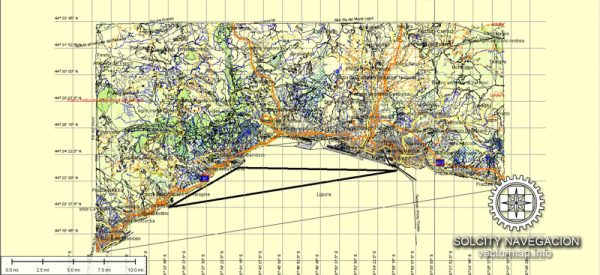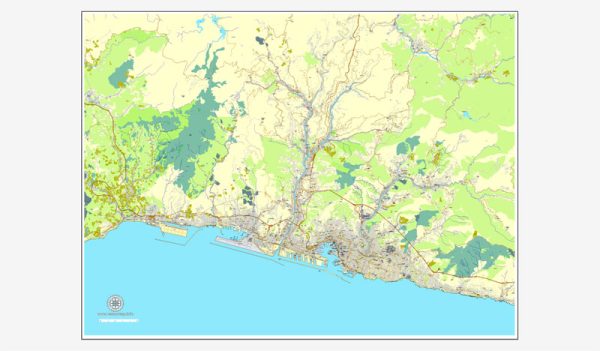Genoa, often known as Genova in Italian, is a historic city located in the Liguria region of northern Italy. It is a city with a rich and storied history that spans over a thousand years. Here’s a brief description of the history of Genoa:
- Ancient Origins: Genoa’s history can be traced back to ancient times, with evidence of settlement dating to the 4th century BC. The city was founded by the Ligurians, an ancient Italic people, and it was later influenced by Etruscan and Celtic cultures.
- Roman Era: Genoa became an important Roman port and trading center under Roman rule, known as “Genua.” It played a significant role in maritime trade during this period and was connected to other important Roman cities through the Roman road network.
- Middle Ages: During the Middle Ages, Genoa emerged as a powerful maritime republic and trading hub in the Mediterranean. It established a strong maritime empire, which included territories in the Mediterranean, the Black Sea, and the eastern Atlantic. Genoese merchants and explorers played a crucial role in the Age of Exploration.
- Crusades and Naval Power: Genoa was a prominent participant in the Crusades and used its naval power to establish colonies and trading outposts in the eastern Mediterranean. The city also had a close relationship with the Byzantine Empire.
- Renaissance and Art: Genoa saw a flourishing of art and culture during the Renaissance, with many notable artists and architects contributing to its architectural and artistic heritage. The city’s historic center is a testament to its architectural beauty, featuring narrow streets, grand palaces, and beautiful churches.
- Spanish Rule: In the 16th century, Genoa came under Spanish rule and remained under foreign control for several centuries. This period of foreign domination influenced the city’s culture and politics.
- French Revolution and Napoleonic Era: Genoa was briefly part of the French Empire during the Napoleonic Wars. After Napoleon’s defeat, it became part of the Kingdom of Sardinia.
- Unification of Italy: Genoa, along with the rest of Liguria, became part of the newly unified Kingdom of Italy in 1861.
- World War II and Post-War Period: Genoa suffered significant damage during World War II, but it was subsequently rebuilt. It played a crucial role in Italy’s post-war economic recovery as an industrial and commercial center.
- Modern Times: Today, Genoa is Italy’s sixth-largest city and serves as a major port and commercial center. It has preserved its historical heritage and is home to many museums, cultural institutions, and architectural marvels.
Genoa’s history is closely tied to its maritime tradition, trade, and exploration. The city’s historic center, with its medieval and Renaissance architecture, is a UNESCO World Heritage Site and a testament to its rich and diverse past.



 Author: Kirill Shrayber, Ph.D.
Author: Kirill Shrayber, Ph.D.